My latest ‘Virginia wine in review’. To see my other ‘Years in Review’, check out my 2020, 2021, and 2022 articles as well.
I did my best to identify the major trends and most interesting stories from the last year. Honorable mentions go to the expansion of breweries in wine country, reporting on the spotted lanternfly, and greater diversification in the industry (PS – around 17% of head winemakers in the state are female, and we now have several Black head winemakers and owners).
As 2023 closes, Virginia currently has 276 wine tasting rooms, 33 cideries, and 13 meaderies, plus 25 wine brands, cideries & meaderies that lack tasting rooms. Here is a link to my winery roster:
This article is entirely my personal opinion and doesn’t reflect the Virginia wine marketing board or any other entity or person.
2023’s Major Trends and Events
1. Openings and Closings: 12 new wineries and 2 meaderies joined the industry this year, and 4 left the business.
While Crimson Lane, Commonwealth Crush, and Southwest Mountain Vineyard probably made the biggest splash, also joining us are Dobbins Hollow Winery & Cidery (Pilot), Good Spirit Farm (Round Hill), Haunted Hills Winery (Jetersville), Mattapony Reserve (West Point), Rassawek Vineyards (Columbia), River Dog Winery (Richmond), Seven Lady Vineyards at Dover Hall (greater Richmond), The Vines at Oakdale (outside Richmond), and the return of Oakencroft Farm & Winery (Charlottesville).
Two new meaderies also joined the fun; Funktastic Meads (Midlothian) and Negus Winery (Alexandria).
Four locations closed; Aspen Dale, Merriweather Vineyards, Maggie Malick Wine Caves, and the Capitol Hive meadery.
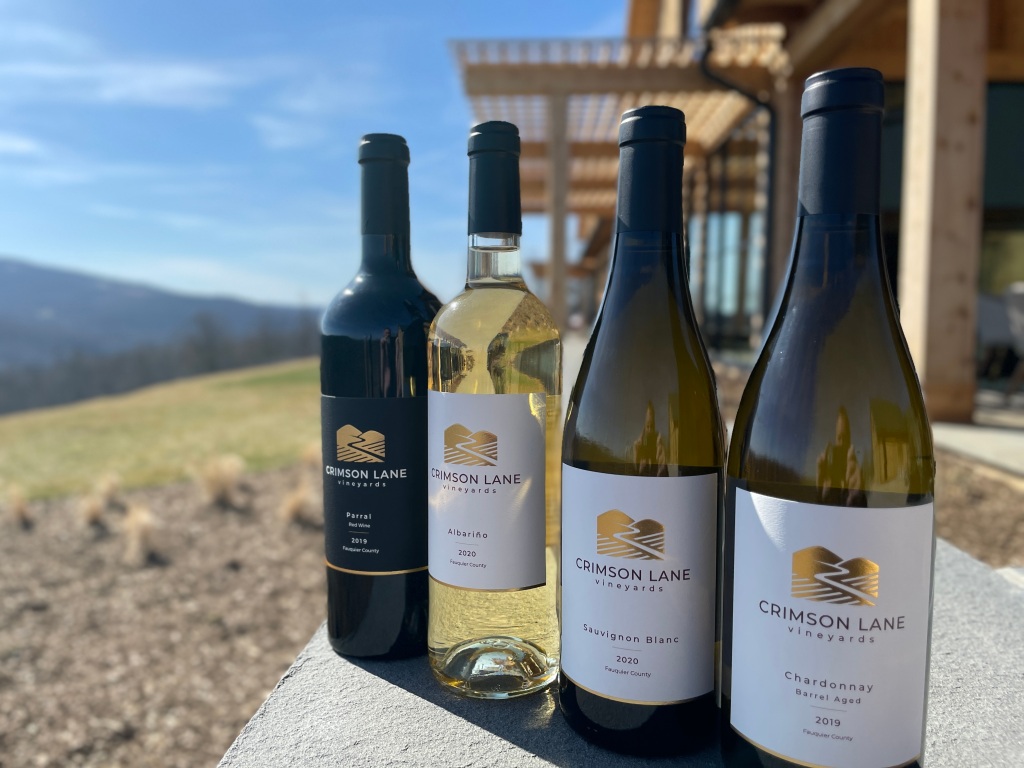
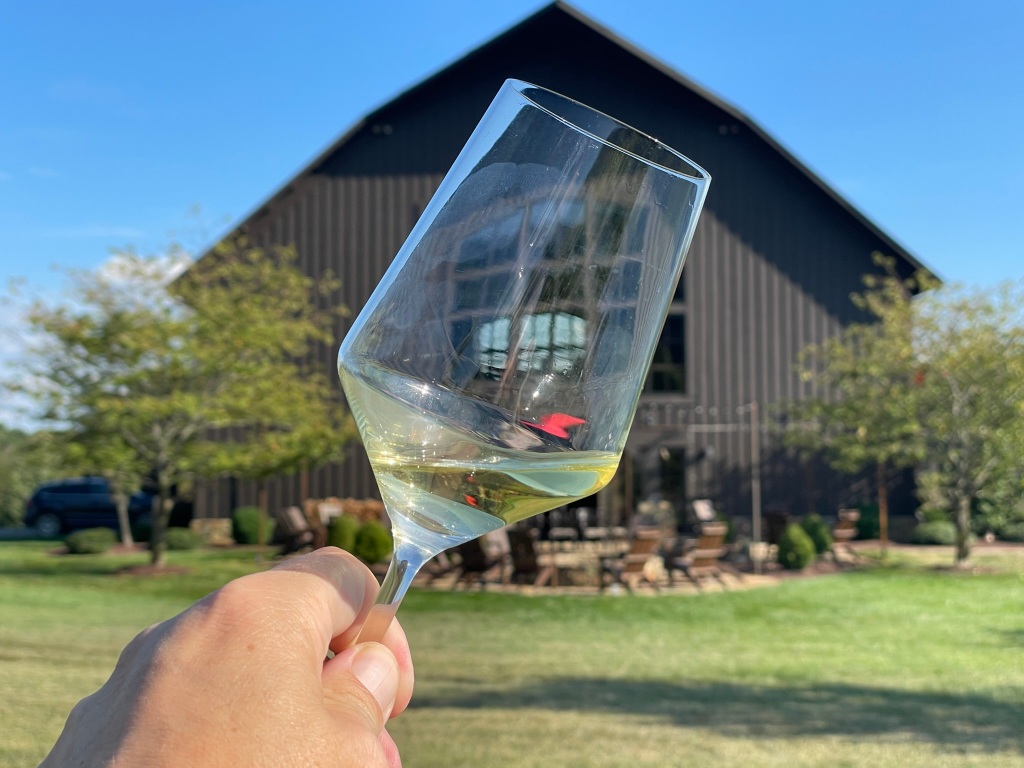
2. 2023 Vintage. Put simply, this vintage looks outstanding. A few owners have gone so far to say, “Perhaps our best ever”.
Sure, we’ve heard this story before. Every year there’s a fair bit of booster-ism, not to mention it’s tough to make an overarching pronouncement on a state as geographically diverse as Virginia.
Even so, it’s hard to ignore the almost-universally positive feedback. The least enthusiastic description of the quality of this year’s fruit was “very good”, while many long-time growers say it’s rivaled only by the superb 2009 or 2012 vintages, which likewise featured warm, dry summers.
If there’s one negative about this year’s vintage is it’s not quite as bountiful is it could have been. The Shenandoah Valley and Central Virginia suffered spring frost damage which reduced yields. Even more vineyards suffered drought stress, causing the vines to shut down. You know it was a dry year when vineyards that normally complain about too much rain wished for a few more inches of it.
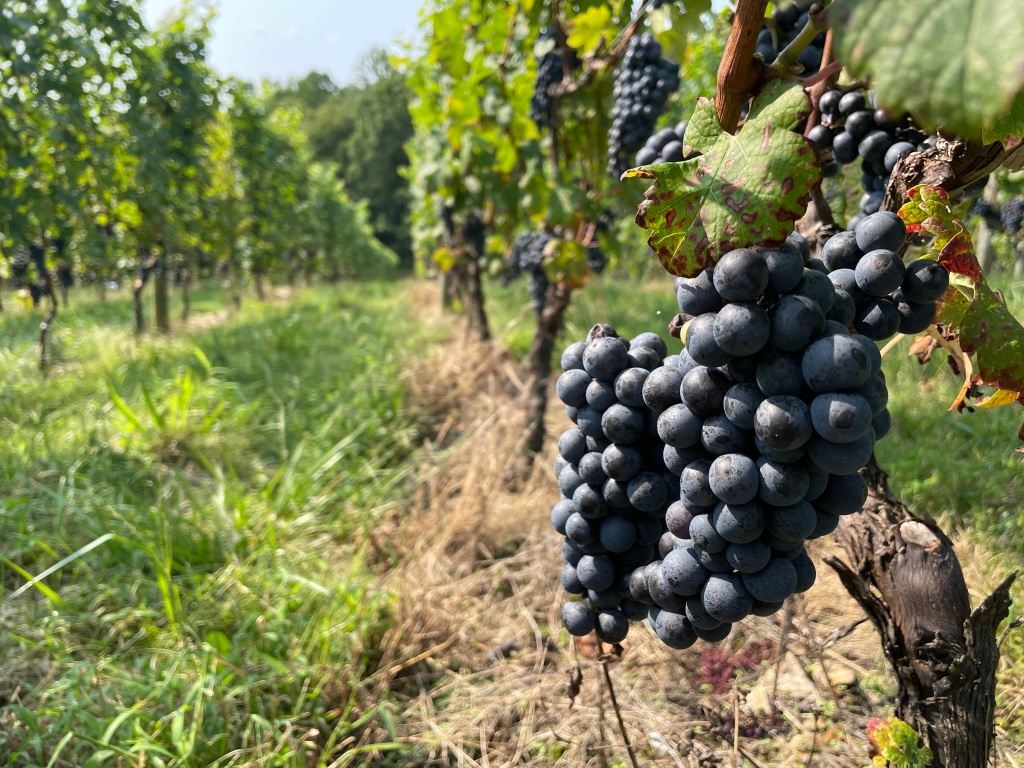
3. Softening economy & changing consumer tastes: From 2018 to 2022, the Virginia wine industry saw 16-21 new wine, mead, or cider tasting rooms open per year.
That market growth slowed in 2023, which saw 14 such openings.
It’s tough to say if this slowdown is due to market saturation or the economy; probably a mix of both. But if Carlo DeVito’s predictions of a market correction in the craft brewery industry are on target, then wineries may be up for its own correction, or at least a prolonged slow-down in new openings.
Add to this how Millennials and Generation Z are abandoning wine in favor of mixed drinks, seltzers, or abstaining all-together, it’s a tough near-term forecast for the local wine industry.
4. Grape glut: It’s with no small degree of irony that praise for this year’s vintage is also coupled with an understanding that Virginia is growing more grapes than it can sell (at a profit, that is).
Virginia has long seen volatility in grape supply and demand, as anyone who saw crop losses to 2018’s rain and 2020’s frost can attest to. But more recently, several good harvests in a row have given many vineyards too much of a good thing.
Vineyards that rely on selling fruit will feel the worst of this pinch, especially smaller producers that sell 100% of their harvest. Yet the impact will be felt across the spectrum, especially when coupled with falling demand.
5. Wine Incubators: Over the past year or so Virginia has recently seen the opening of two ‘incubators’; Commonwealth Crush and Eastwood Farm.
This term probably requires a bit of explaining. The start-up costs to winemaking are high and serve as a bar for new entrants. These incubators provide the equipment, make it easier for new winemakers to get started. Given how some of my favorite winemakers don’t even have a tasting room (looking at you, Joy Ting and Jake Busching) I hope such incubators will give micro-producers a chance to join in, sparking greater creativity and diversity in the industry.
6. Wine bars/Urban tasting rooms: The Virginia wine experience is very much tied to visiting scenic locations in the countryside. But in 2023 a trio of VA wineries, namely Bluestone’s ‘Rootstock’ wine bar in Harrisonburg, Rogers Ford Winery’s ‘Curio’ in Fredericksburg, and October One’s Leesburg-based tasting room, bucked this trend.
The first two provide a mix of Virginia and non-Virginia wine. October One serves as that business’s only tasting room, plus offers wine from several other Virginia wineries. Until this year, only Morais’s “Aroma” and Lost Creek’s ‘Echelon” urban wine bars/tasting rooms offered Virginia flights.
I’m hopeful this concept gets traction. Virginia wine is somewhat limited to those who are adventurous enough to drive a good hour or so to visit wine country. These locations make it easier for your average consumer to drink local wine without traveling far to find it.
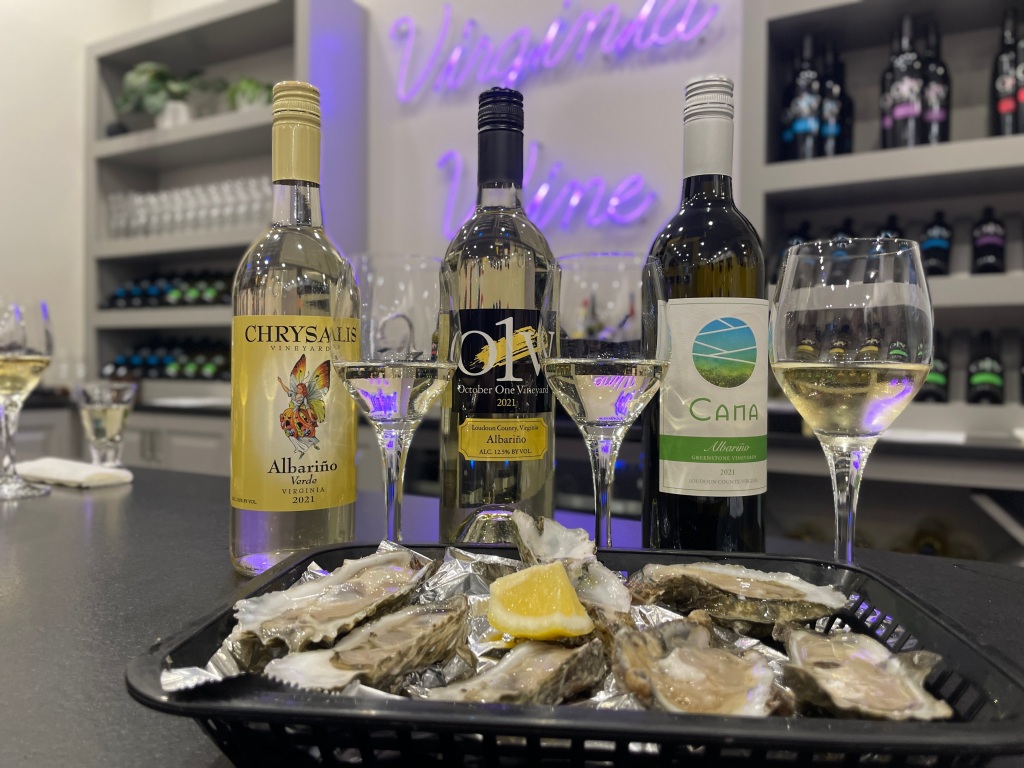
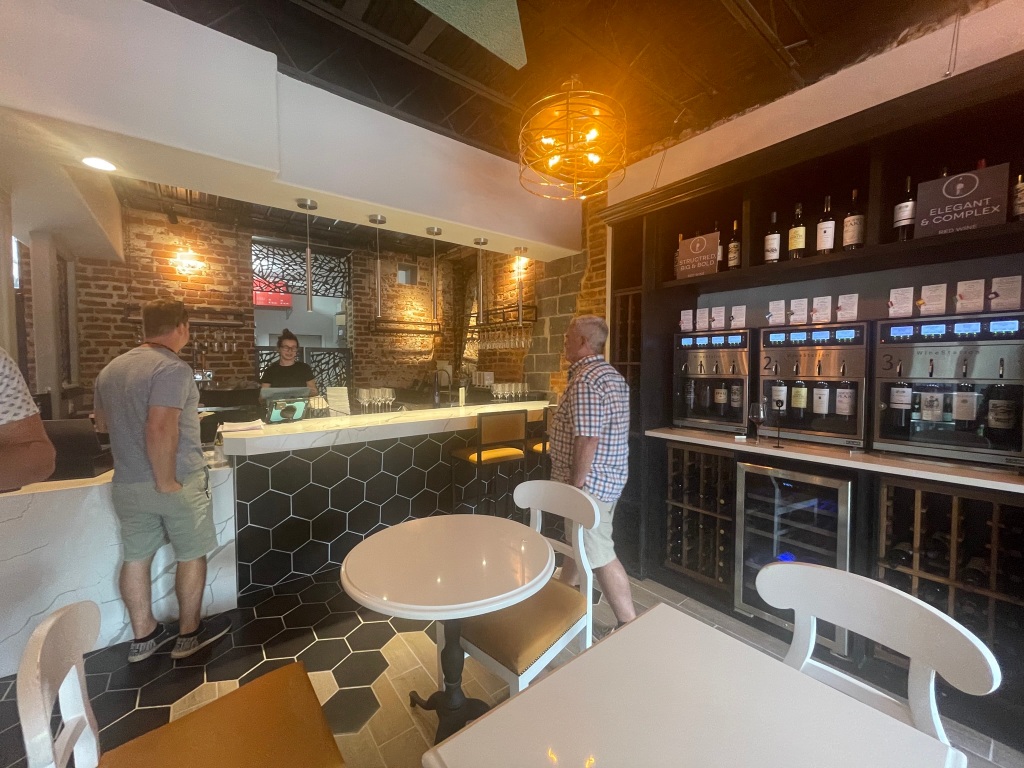
7. VA Wine in the News: This was a good year for raising Virginia wine’s national profile. Wine Enthusiast magazine designated Charlottesville as its 2023 Wine Region of the Year. If that’s not enough, they also listed Keswick Vineyards’ 2021 Chardonnay and Barbourville’s 2019 Octagon as amongst their Top 100 wines.
Press like this not only raises the profile of these individual wineries, but the Virginia wine scene as a whole. I’m hopeful this will show that Virginia isn’t an ‘emerging’ region; in terms of quality, it’s well-established.
One not-so-great news item was how the Thomas Jefferson Foundation (which runs historic Monticello and neighboring Jefferson Vineyards) dismissed “Virginia’s Wine Godfather” Gabrielle Rausse this past October, claiming ‘his position was eliminated’.
8. Winemaker musical chairs: Every year you see winemakers come and go, although this year this seems especially prevalent.
- Rappahannock Cellars’ Theo Smith purchased Capstone Vineyards and is now making wine there. That allowed…
- CrossKeys Vineyards winemaker Steve Monson to move to Rappahannock, which in turn allowed…
- DelFosse‘s Andrew Bilenkij to take Steve’s head winemaker job at CrossKeys. Which allowed an opening for…
- Keswick Vineyards winemaker Stephen Barnard to move to DelFosse (now Mountain and Vine).
Got that? Because I had to review this 3 times to make sure I got it right!


